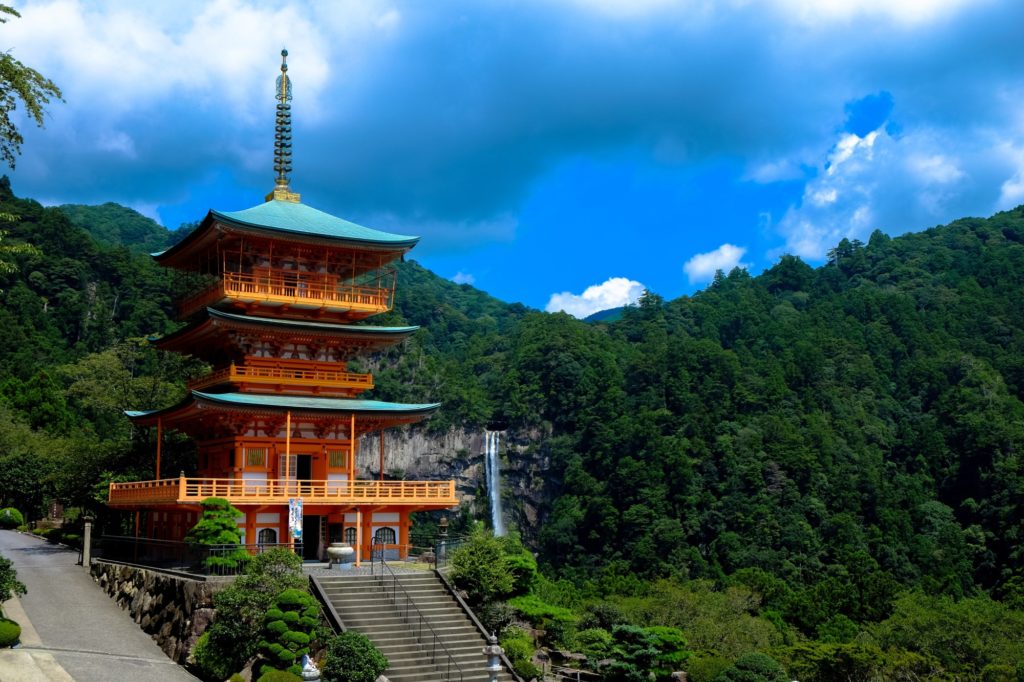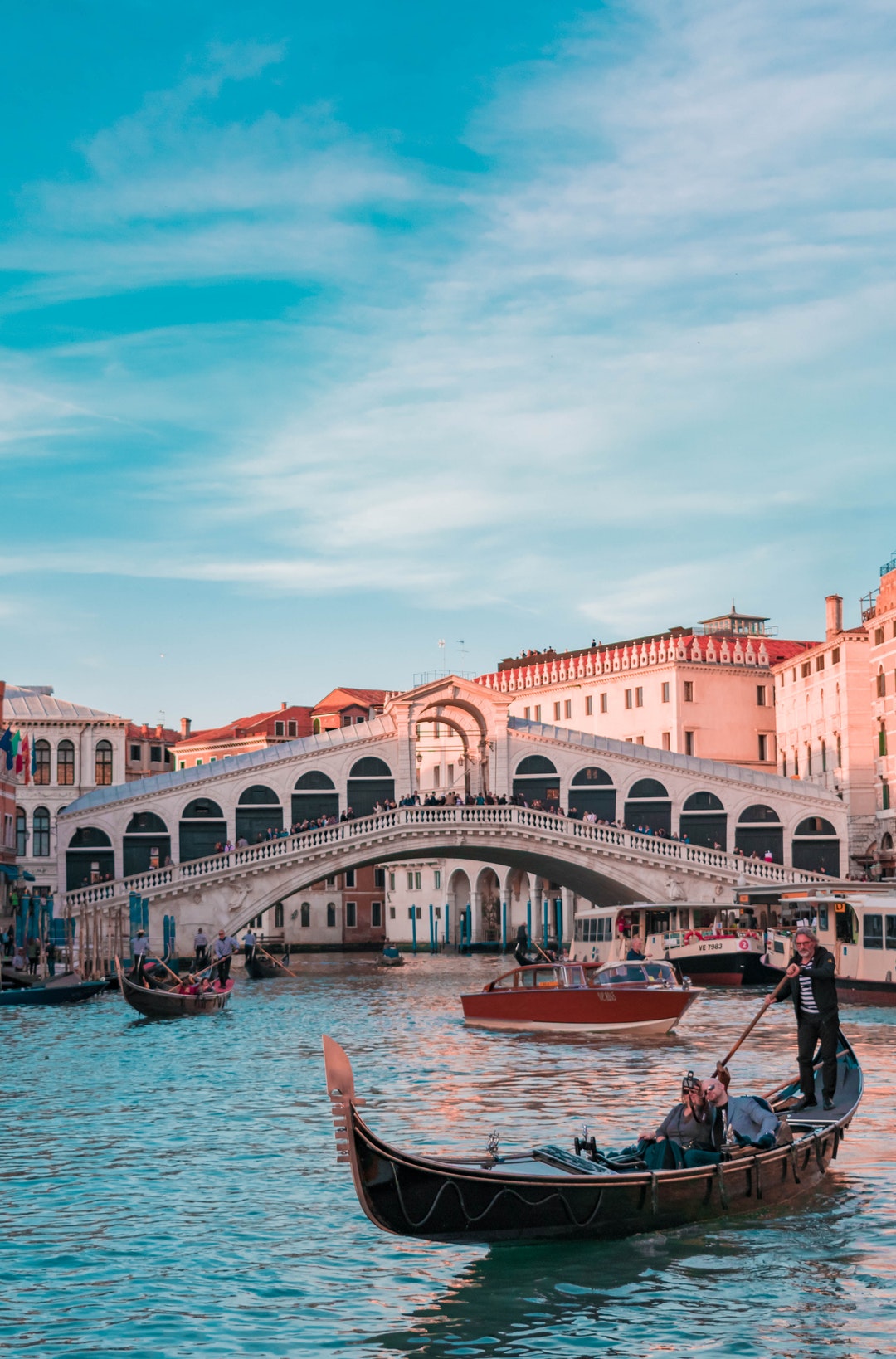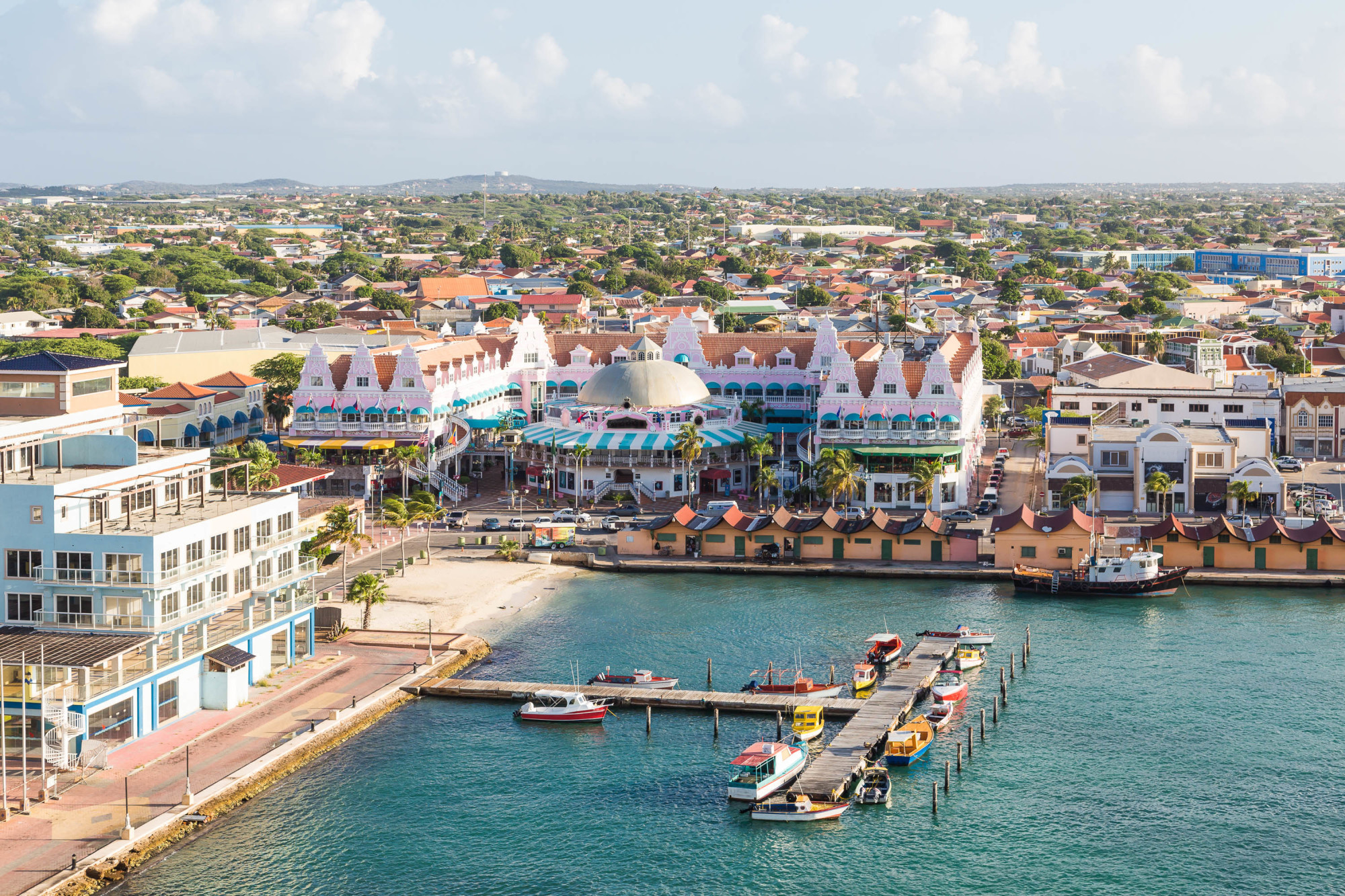
More than 30 million people traveled to Japan last year and for good reason.
With stunning views from ancient temples to miles of cherry blossom trees and a vibrant culture to match, Japan is one of the most intriguing places a person can go.
If a visit to Japan is on your bucket list, there’s a lot to consider, but decision number one has to be when to go.
Japan experiences each of the four seasons to great extents, and all have something different to offer.
Are you huge on bustling festivities? Do you hate cold weather or crowds? Perhaps hiking the tallest volcano in Japan is a must. All of these qualities help to determine the best time to visit Japan.
Read on to learn the pros and cons of visiting Japan during each of its four seasons.
Japan in Spring
Spring in Japan is during the months of March through May and temperatures average between 40-65 degrees Fahrenheit.
This is one of the most popular times of the year to visit Japan because of cherry blossom season. The gorgeous pink flowers tend to bloom between March and April, making the end of April the ideal time to visit if they’re a must on your itinerary.
As beautiful as this time of year is, the blossoms aren’t entirely predictable, and it’s one of the more crowded seasons due to tourists.
Golden Week, a week of multiple small Japanese Holidays, also occurs in Spring during the first week of May. While this week isn’t of particular interest to tourists, many natives will be out and about contributing to even larger crowds.
Japan in Summer
Summer in Japan is June through September, and is the warmest season averaging 70-90 degrees Fahrenheit.
Although summer tends to be uncomfortably humid for those unaccustomed to the weather, it’s the most popular time of year to visit.
This is because the summer months are home to the more famous Japanese Festivals. The most popular by far is the Obon Matsuri – a festival celebrating the dead.
June and July are also the only months that Mt. Fuji’s trails are open. In addition to hiking, this is a great opportunity to enjoy the famous Fuji-Q Highland rides at the base of the volcano.
Japan in Fall
Fall takes place from September through December and is famous for its stunning seasonal colors. It’s also one of the most comfortable seasons ranging from 50 to 70 degrees on average.
While the most vibrant colors are to be enjoyed in October and November, you can still enjoy some of these visuals in December with fewer people around.
Fall is also the best time to visit the 1,400 friendly deer at a magical park in the city of Nara.
Japan in Winter
As to be expected, winter is the coldest season averaging 30-45 degrees.
Even so, it can be the best time to visit Japan depending on what you’re looking for.
A big pro of visiting in winter is that it’s the least busy time of year.
It’s also the best time of year to see Japan’s snow monkeys, swim in the hot springs (called onsen) and to try Japan’s famous seafood.
Choosing the Best Time to Visit Japan
Ultimately, the best time to visit Japan depends on your personal travel preferences as each season offers something special.
The famous cherry blossoms bloom in spring, while summer is the optimal time to explore the many festivals and Mt. Fuji. With fall comes great weather and scenery, while winter brings a white winter wonderland optimal for soaking in hot springs.
If you prefer to travel without crowds, late fall through winter could suit you best. If warm weather is a must, summer or spring might be optimal.
If you found this helpful, be sure to visit our blog often for more travel tips and advice.



